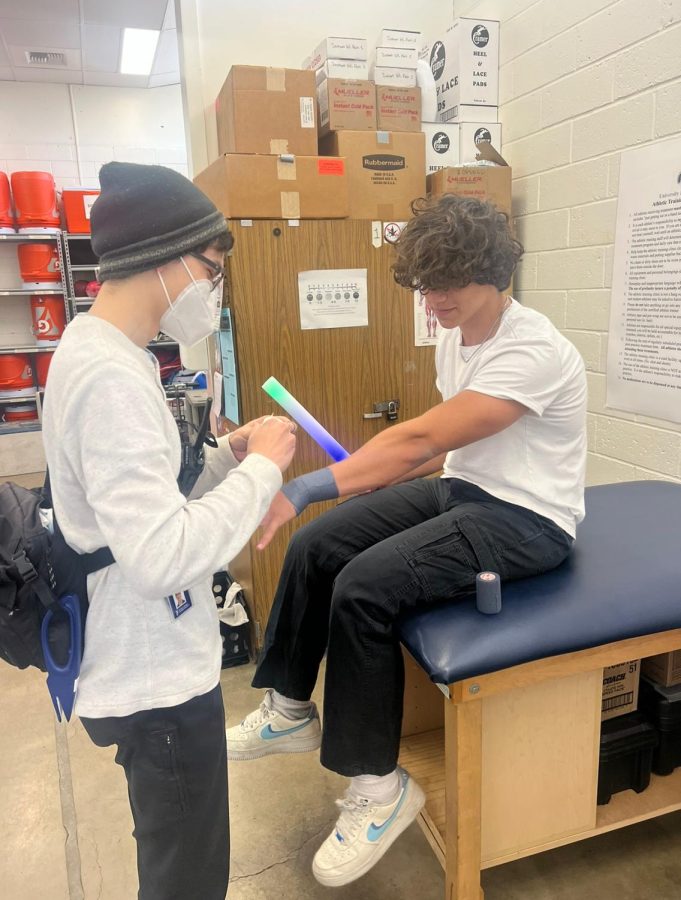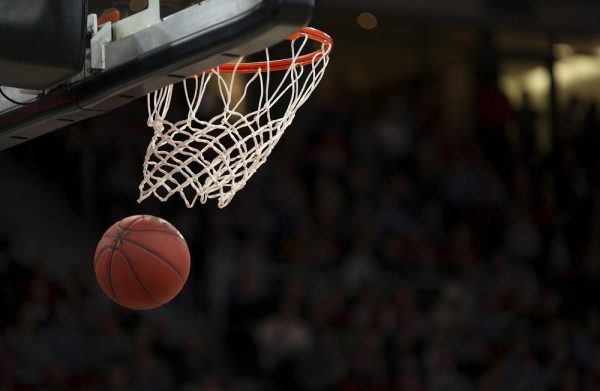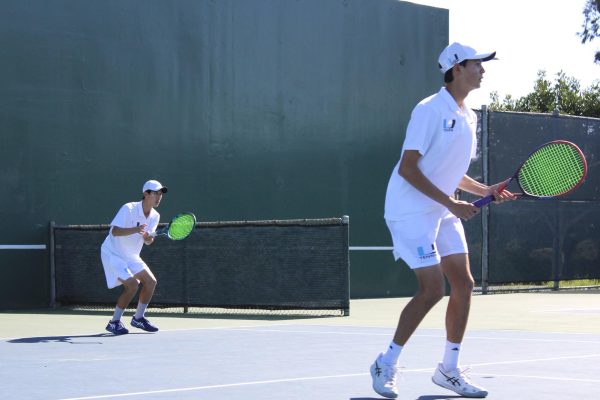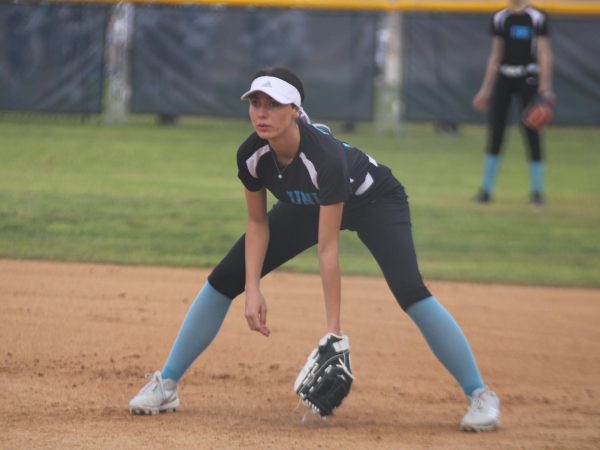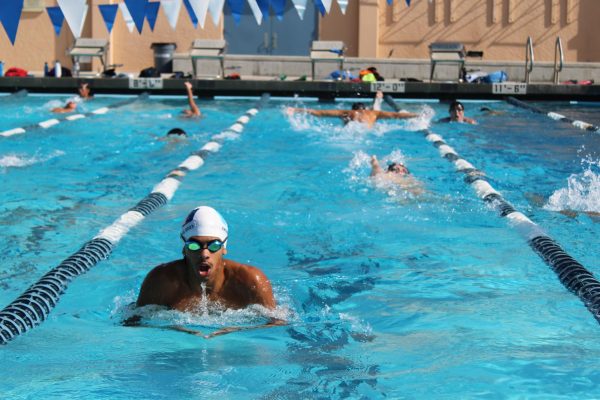How to Prevent Injury in High School Sports
Eithar Takesh gets wrist wrapped by athletic trainer. Taping helps keep his wrist supported in the weight room.
February 22, 2023
While participating in sports can be a fun and rewarding experience, it is important to prioritize the safety of all players. In the following article, we will be discussing some ways to prevent injuries in high school sports along with advice from previously injured athletes.
Proper conditioning and stretching is crucial for athletes to reduce their risk of injury. This includes exercises that prepare the body for physical activity, such as stretching, weight training and jogging. Athletes can lower their chance of injury by properly warming up and stretching before a workout.
“Conditioning and stretching is so incredibly important in preventing injuries, if not the number one thing to always do when playing any sport,” senior Kate Stenta said. “Your body is your machine. If you don’t keep every part working and in shape, it’ll break down.”
It is also critical to wear the proper safety gear. Every sport has unique equipment needs, such as helmets, pads, or mouthguards. Participants must wear the right gear to protect themselves from harm.
“Proper sports gear is everything in high school sports,” junior Koa Saito said. “We were able to upgrade the majority of our football team’s helmets to meet a new requirement along with all new gear in lacrosse to cover the new mandates.”
Another aspect of preventing injuries in sports is observing the regulations. Athletes must adhere to regulations that have been put in place for the safety of all participants in each activity.
“We must follow the rules of the game to ensure that we don’t get injured,” junior Blaine Anderson said. “For example, in football, you are not allowed a helmet-to-helmet collision. This is to prevent concussions and other forms of head trauma.”
Another often overlooked aspect of athletes’ health is nutrition and especially staying hydrated. Athletes need to drink water before, during and after practices and games to stay hydrated.
“Hydration and nutrition is the key to creating a successful athlete,” junior Riley Hertstein said. “Your body will treat you how you treat it and so a proper diet is necessary to provide the energy you need to perform. Hydration also helps regulate your temperature, blood circulation and oxygen.”
Resting is essential for avoiding injuries as well. Athletes must obtain adequate sleep so that their bodies can recuperate from training and competitions. This includes getting sufficient sleep at night and pausing during practices if needed.
“When you get more sleep you are more focused and can control your body movements easier,” Hertstein said.
By following these tips, high school athletes can reduce their risk of injury and have a safer and more enjoyable sports experience.


